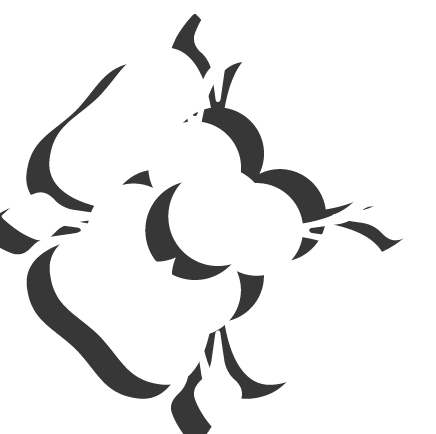Year 12 BTec Sport
Curriculum:
Click to Expand Autumn Content:
What Are The Effects Of Exercise And Sports Performance On Skeletal System?
Key Concepts
- Structure Of Skeletal System
- Types Of Bone
- Major Bones Of Skeletal System
- Function Of The Skeletal System
- Classifications Of Joints
- Range Of Movements At Synovial Joints
- Responses Of The Skeletal System To Exercise
- Adaptations Of The Skeletal System To Excercises
- Additional Factors Affecting The Skeletal System
Key Vocabulary
Long – Movement, Short – Support, Flat - Protection, Sesamoid – Reduce Friction At A Joint, Irregular - Various Ball And Socket, Condyloid, Gliding, Saddle Hinge, Pivot. Functions: Supporting Framework, Protection, Attachment For Skeletal Muscle, Source Of Blood Cell Production, Store Of Minerals Leverage, Weight Bearing, Reduce Friction Across A Joint
What Are The Effects Of Exercise And Sports Performance On The Muscular System?
Key Concepts
- Characteristics And Functions Of Different Types Of Muscles
- Major Skeletal Muscles Of The Muscular System
- Antagonistic Muscle Pairs
- Types Of Skeletal Muscle Contractions
- Fibre Types
- Responses Of The Muscular System To Exercise
- Adaptations Of The Muscular System To Excercises
- Additional Factors Affecting The Muscular System
Key Vocabulary
Cardiac Involuntary, Skeletal – Fatiguing, Voluntary, Smooth – Involuntary, Slow Contraction, Deltoids, Biceps, Triceps, Wrist Flexors, Wrist Extensors, Supinators And Pronators, Pectorals, Agonist. Antagonist. Synergist. Isometric. Concentric. Eccentric. Muscle Fibre Type: Type I Type IIA Type IIX
Click to Expand Spring Content:
What Are The Effects Of Exercise And Sports Performance On Respiratory System?
Key Concepts
- Structure Of Respiratory System
- Function Of The Respiratory System
- Gaseous Exchange
- Control Of Breathing
- Lung Volumes
- Responses Of The Respiratory System To Exercise
- Adaptations Of The Respiratory System To Exercises
- Additional Factors Affecting The Respiratory System
Key Vocabulary
Breathing Rate Tidal Volume, Vital Capacity Strength Of The Respiratory Muscles, Oxygen And Carbon Dioxide Diffusion Rates Asthma Effects Of Altitude/partial Pressure On The Respiratory System, Nasal Cavity, Lungs, Bronchioles, Diaphragm
What Are The Effects Of Exercise And Sports Performance On The Cardiovascular System?
Key Concepts
- Structure Of Cardiovascular System
- Function Of The Cardiovascular System
- Nervous Control Of The Cardiovascular System
- Responses Of The Cardiovascular System To Exercise
- Adaptations Of The Cardiovascular System To Exercises
- Additional Factors Affecting The Cardiovascular System
Key Vocabulary
Heart Rate Cardiac Output Blood Pressure Blood Flow, Cardiac Hypertrophy Stroke Volume, Capillarisation Of Skeletal Muscle And Alveoli, Heart Rate Recovery Time, Increase In Blood Volume. Functions: Delivery Of Oxygen And Nutrients Removal Of Waste Products Thermoregulation, Fight Infection, Clot Blood
Click to Expand Summer Content:
What Are The Effects Of Exercise And Sports Performance On The Energy Systems?
Key Concepts
- Role Of ATP In Exercise
- The ATP-PC System In Exercises And Sports Performance
- The Lactate System In Exercise And Sports Performance
- The Aerobic System In Exercise And Sports Performance
- Adaptations Of The Energy System To Exercise
- Additional Factors Affecting The Energy Systems
Key Vocabulary
Anaerobic Chemical Source (Phosphate And Creatine), Resynthesis Of ATP Recovery Time, Anaerobic, Process Of Anaerobic Glycolysis (Glucose Converted To Lactic Acid), Recovery Time, Aerobic Site Of Reaction (Mitochondria), Food Fuel Source, Process Of Aerobic Glycolysis, Krebs Cycle, Electron Transport Chain, Recovery Time, Contribution To Energy For Exercise And Sports Performance (Duration & Intensity Of Exercise)
Subject Overview:
In BTEC PE, Year 12 students have 5 lessons each week alongside 1 core PE lesson.
Year 12 students will receive 1-2, 30-60 minutes pieces of PE homework each week.
Assessments:
Students complete Unit 1 and Unit 2 which are both mandatory externl units. Students also complete other units to supplement the aforementioned mandatory units.


